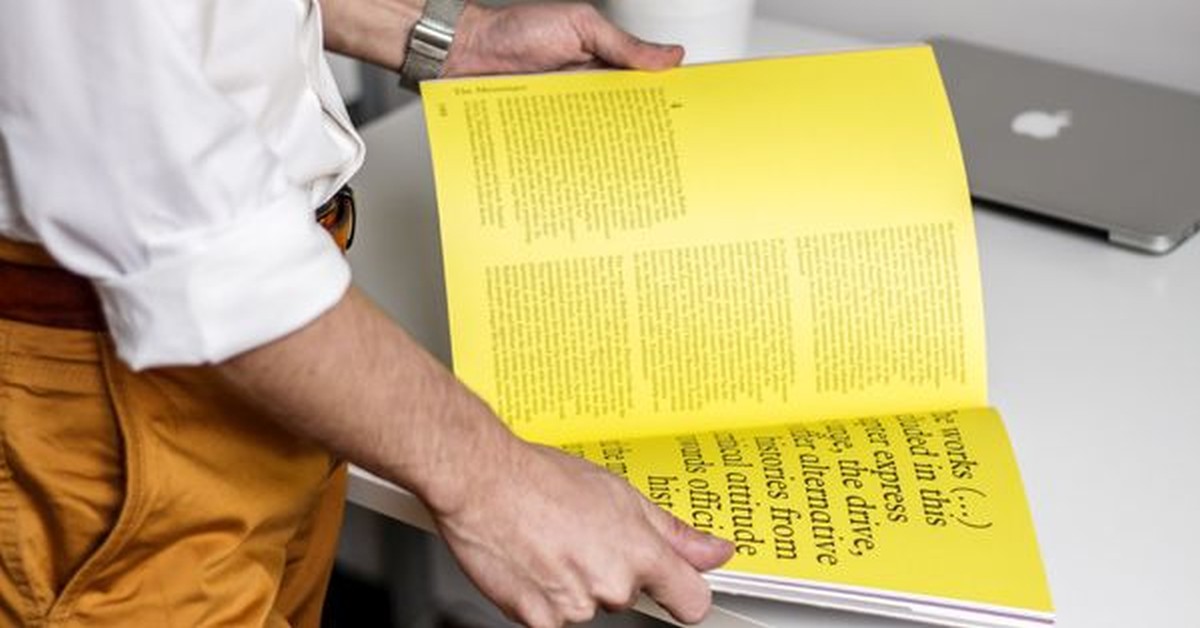Introduction
- Ind AS 115 deals with Revenue from Contracts with Customers
- Notified by MCA based on recommendation by ICAI
- The standard is applicable from accounting periods beginning on or after 1st April 2018
- Implementation of Ind AS 115
- Improves comparability of revenue across entities, industries, global capital markets
- Prescribes only one underlying principle for revenue recognition i.e. transfer of control over goods/services and replaces the ‘fair value’ concept with ‘Transactions Price’ which is better suited for measurement of revenue
- Eliminates Reduces interpretations/guidance by bringing in clarity
- Requires more improved disclosures to help investors and analysts better under standard entity’s revenue

Scope
- Apply this standard to all contracts with customers
- Exceptions
- Lease contracts
- Insurance contracts
- Financial Instruments and other contractual rights or obligations within the scope of Ind AS 109
- Non-monetary exchanges between entities in the same line of business to facilitate sales to customers or potential customers
Recognition - Five Step Model
Step 1: Identify the contracts with the customers
- Contract is an agreement between two or more parties that creates enforceable rights and obligations
- An entity shall account for a contract with a customer only when all of the following criteria are met t
- the contract is approved and parties are committed to perform their respective obligation
- entity can identify each party’s rights regarding the goods or services to be transferred
- entity can identify the payment terms for the goods or services to be transferred
- the contract has commercial substance
- it is probable that the entity will collect the consideration to which it will be entitled in exchange for the goods or services that will be transferred to the customer.
Step 2: Identify the separate performance obligations
- Performance obligation is a promise to transfer to a customer
- A good or service (or bundle of goods or services) that is distinct or
- A series of goods or services that are substantially the same and are transferred in the same way
- If a promise to transfer a good or service is not distinct from other goods & services in a contract, then the goods or services are combined into a single performance obligation.
- Satisfaction of performance obligations
- An entity shall recognize revenue when (or as) the entity satisfies a performance obligation by transferring a promised good or service (i.e. an asset) to a customer. An asset is transferred when (or as) the customer obtains control of that asset.
Step 3: Determine the Transaction Price
- The transaction price is the amount of consideration to which an entity expects to be entitled in exchange for transferring promised goods or services to a customer, excluding amounts collected on behalf of third parties (for example GST).
- The consideration promised in a contract with a customer may include fixed amounts, variable amounts or both.
- For the purpose of determining transaction price, an entity shall assume that the goods or services will be transferred to the customer as promised in accordance with the existing contract and that the contract will not be cancelled, renewed or modified.
Step 4: Allocate the transaction price to the performance obligations
- The objective when allocating the transaction price is for an entity to allocate the transaction price to each performance obligation (or distinct goods or service) in an amount that depicts the amount of consideration to which the entity expects to be entitled in exchange for transferring the promised goods or services to the customer.
- Allocation of transaction price can be done proportionately based on stand-alone selling prices.
- The stand-alone selling price is the price at which an entity would sell a promised good or service separately to a customer
Step 5: Revenue Recognition when performance obligations are satisfied
- Performance obligation is satisfied over time or at a point in time.
- Performance obligation is satisfied over time if one of the criteria is met out of three:
- The customer simultaneously receives and consumes the benefits provided by the entity’s performance as the entity performs
- The entity’s performance creates or enhances an asset (for example work in progress) that the customer controls as the asset is created or enhanced or
- The entity’s performance does not create an asset with an alternative use to the entity and the entity has an enforceable right to payment for performance completed to date.
- Based on above the Revenue Recognition for a performance obligation is done over time if one of the criteria is met out of three else Revenue Recognition for a performance obligation is done at a point in time.
- Ind AS 115 focuses on “control approach” for revenue recognition as against the “risk and rewards” approach under Ind AS 18
The author can also be reached at vcpote@rediffmail.com







 CAclubindia
CAclubindia

